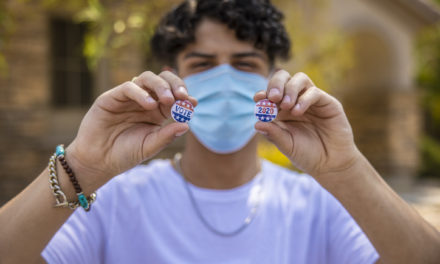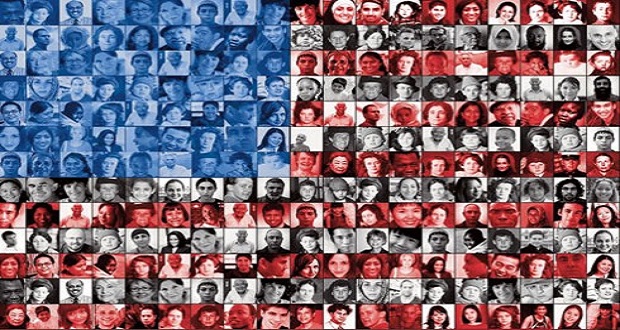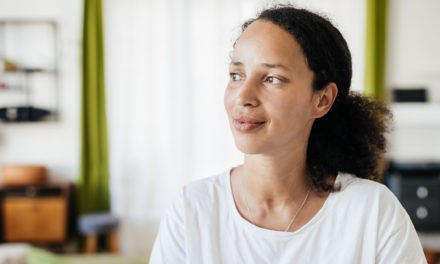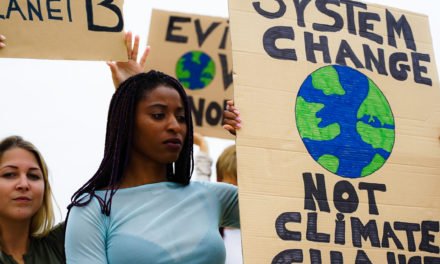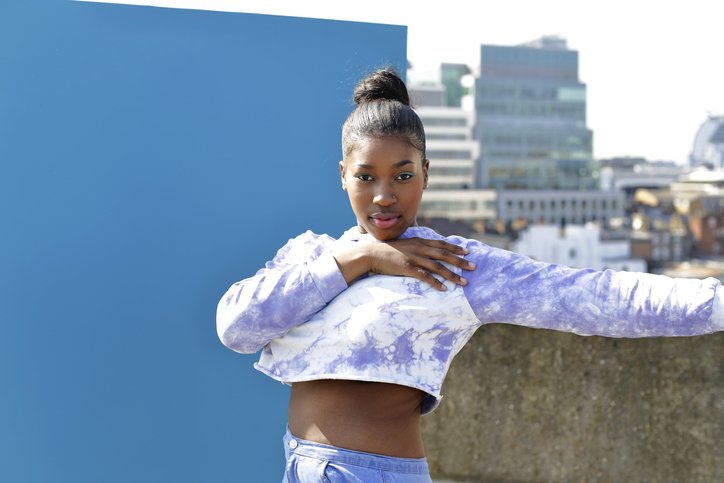
Content warning: This post contains discussion of and themes surrounding sexual assault.
Every 68 seconds someone in this country is sexually assaulted. This, of course, is a conservative number, since so many people don’t report or disclose.
Every 68 seconds. By the time you finish reading this post, at least 4 people have been sexually assaulted.
When it comes to rape and sexual assault, it is easy to distance ourselves from it. That doesn’t happen, or won’t ever happen, to us. We may chalk it up to a bad sexual experience. We dismiss the feelings in our gut that let us know that someone made us feel uncomfortable. We blame ourselves.
When it comes to rape and sexual assault, it is easy to distance ourselves from it. 'That doesn't happen to us.' We may chalk it up to a bad sexual experience. We dismiss the feelings in our gut. We blame ourselves. Share on XWe shouldn’t have been drinking. Being too nice gave someone the wrong idea. We asked for it.
Survivors of sexual assault so often suffer in silence. They are hiding in plain sight.
When it happens to you
When I was 19, I was assaulted. For the longest time, I didn’t want to admit to myself that I ended up being a face among that 68 seconds statistic. I thought it was my fault and that what happened to me didn’t count as assault. It was in community and talking with my friends that I discovered that I wasn’t alone.
While I was doing the internal work coming to terms with my identity as a survivor, I was drawn to this work of preventing violence from affecting other people. So many people who are advocates and preventionists are drawn to this work because they have personally been through a sexual assault or have someone close to them that has been affected.
It was in talking with friends that I discovered that I wasn’t alone. While I was coming to terms with my identity as a survivor, I was drawn to this work of preventing violence from affecting other people. Share on XWhite women at the center of this work
When it comes to assault prevention work, the face is often a white woman. From the voice of Alyssa Milano that drowned out the years of work Tarana Burke built screaming, “Me Too,” to the barrage of white women counselors and advocates, this field is dominated by whiteness.
Rooted in racist tropes of upholding white woman purity, people’s attention is drawn to white women when they are harmed (obviously not enough to stop harming them in the first place). The fight to end violence against women has been one dominated by white women and for white women, especially driven by the fire of second wave feminism. It continues to center the experiences of white women.
Rooted in racist tropes of upholding white woman purity, people’s attention is drawn to white women when they are harmed. The fight to end violence against women continues to center white women. Share on XMeanwhile, Black women experience higher rates of rape over their lifetime compared to white women. Black women are also less likely to report assault to the police (I trace this trend to distrust of law enforcement and wanting to protect Black men who may be perpetrators from the carceral system).
From survivor to preventionist
I chose not to report my assault to the police nor the university. One, I had blamed myself for so long that I thought it was too late. I went to his place. I chose to drink. I matched with him on Tinder. Two, I didn’t think anyone would believe me anyway.
So, I became determined to prevent this from happening to other girls and women.
The first organization I worked for, an organization dedicated to ending child sexual abuse, had an all-white staff. As an intern, I was the only person of color. I remember feeling like crap after someone on staff had a 20-minute conversation with me about how I put braids in my hair.
When I finally got my first big girl job working for a university, I saw how “best practice” programs for prevention on campus were targeted toward white students. “Sam and Alex are at a frat party …” didn’t resonate with my experience, and I know it didn’t match the experiences of other students of color on campus.
Nobody was talking about how Black students may culturally have distrust against the police and hospitals, so many feel like those are not options for them after an assault … yet these are some of the most talked-about resources. Nobody was talking about the surveillance Black students feel on campus, so they can’t be open about the violence they face at the hands of people who look like them. Nobody was talking about how racism plays a role in bystander intervention, and students of color are less likely to receive help from white students if they are in trouble.
Racism plays a role in bystander intervention, and students of color are less likely to receive help from white students if they are in trouble. Share on XThe next university I worked for, I felt bolder (not working under a supervisor who doesn’t know it’s not OK to say the N-word as a white person under any circumstances does wonders for your mental health). I wanted to center the experiences of students of color, so the institution could serve them better — so a 19-year-old Black girl like me felt safe enough to come to the confidential campus resources for support. And they can respond to her without dismissing her by telling her to “just breathe.” (Yep, my first counselor, a white man, told me that when I said I had been assaulted.)
The system can do more harm than good
Working in this field is difficult. You are working alongside and within systems that do just as much harm to survivors as they help them, especially survivors of color. White supremacy and patriarchy are woven into policies and practices. Individuals doing this work have prejudices and biases that hurt survivors of color.
When institutions center whiteness, survivors of color slip through the cracks. Because of racism, communities of color will always experience higher rates of violence. It is all connected.
I am fortunate enough to now work for an organization called The Hive Community Circle that is the only culturally specific sexual assault, intimate partner violence, and stalking support and prevention organization in South Carolina. We are survivor-led and survivor-driven, and we fill in the gaps that traditional rape crisis and domestic violence shelters don’t cover.
The Hive is the first place I have worked with all women of color. We all have a survivor story, and because we are all survivors, we are also given the space to heal and show up as our authentic selves, just as much as the survivors we serve. And this is revolutionary.
Leaving oppression out of the conversation around sexual assault is not the answer. We can’t keep treating the problem like it is in a silo. Prevention through liberation is the key to ending violence in our communities.
Then, a 19-year-old Black girl will never have to question her worth because of an assault.
Leaving oppression out of the conversation around sexual assault is not the answer. We can’t keep treating the problem like it is in a silo. Prevention through liberation is the key to ending violence in our communities. Share on XFor more information and resources for victims of sexual assault, visit the Rape, Abuse & Incest National Network (RAINN) website at rainn.org or contact RAINN’s National Sexual Assault Hotline at 1-800-656-HOPE for confidential 24/7 support.

